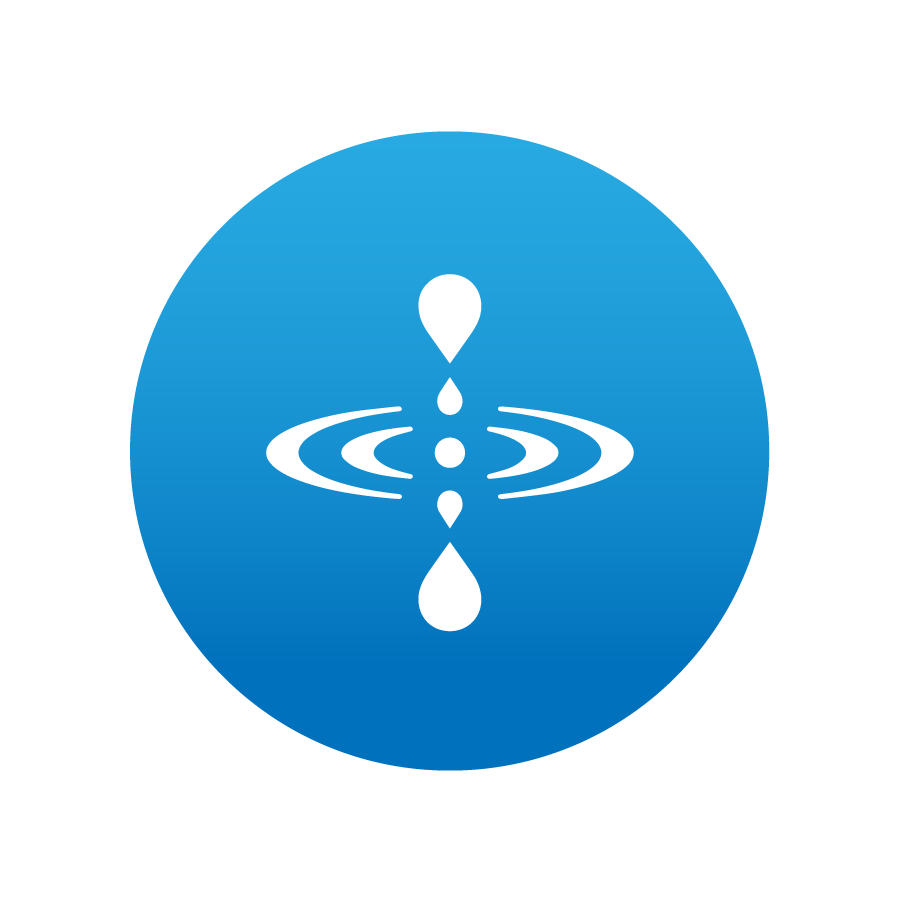Generative AI is not just a tool for content creation; it can also significantly improve the technical writing process through thorough document review. By using AI to check for clarity, style, alternative explanations, overlooked information, and more, technical writers can elevate the quality and effectiveness of their documentation even while accelerating the publication schedule. Here’s how to make the most of generative AI in refining your technical documents.
Ensuring Clarity
Clarity is paramount in technical writing. Generative AI can help identify and rectify ambiguities, convoluted sentences, and jargon that may confuse readers. By prompting the AI to highlight unclear sections and suggest simpler, more precise wording, writers can enhance the readability and comprehensibility of their documents.
Sample Prompt: “Review this technical document for clarity. Highlight any sentences that are ambiguous or overly complex and suggest clearer alternatives.”
Style Consistency and Targeting the Intended Audience
Different audiences require different writing styles. Whether your document is for end-users, developers, or stakeholders, generative AI can adjust the tone, terminology, and complexity to suit the intended audience. This ensures the document is engaging and accessible to the target readers.
Sample Prompt: “Analyze the style of this document. Ensure it aligns with the intended audience, which includes [describe the audience]. Suggest adjustments to better match their needs.”
Alternative Explanations and Illustrations
Generative AI can propose alternative ways to explain or illustrate complex processes, enhancing understanding and retention. This can include rewriting explanations, suggesting visual aids, or proposing analogies that resonate with the audience.
Sample Prompt: “Review the explanations and illustrations in this document. Suggest alternative ways to explain or illustrate [specific process] to make it easier to understand.”
Identifying Overlooked Information
In the complex task of technical writing, it’s easy to overlook critical information. Generative AI can scan the document to identify gaps or missing details, ensuring comprehensive coverage of the topic.
Sample Prompt: “Examine this document for any information that may have been overlooked. Identify gaps and suggest additional content to provide a complete understanding of the subject.”
Enhancing Accuracy and Consistency
Maintaining accuracy and consistency in terminology and formatting across a document is crucial. Generative AI can cross-check terms and formatting against style guides or previous documentation to ensure uniformity.
Sample Prompt: “Check this document for consistency in terminology and formatting. Highlight any discrepancies and suggest corrections based on [specific style guide or previous documents].”
Practical Implementation Tips
To effectively integrate generative AI into your technical writing process, follow these practical steps:
1. Set Clear Objectives: Define what you want to achieve with each review session, whether it’s improving clarity, adjusting style, or adding missing information.
2. Iterative Review Process: Use AI to conduct multiple review iterations, focusing on different aspects (clarity, style, content gaps) in each round.
3. Combine AI with Human Insight: While AI provides valuable suggestions, human expertise is essential to refine and finalize the content. Use AI-generated feedback as a foundation, but apply your judgment to ensure quality.
4. Regularly Update Prompts: Tailor your AI prompts based on feedback and evolving needs. Customizing prompts ensures that the AI’s suggestions remain relevant and effective.
Conclusion
Generative AI offers a range of methods to enhance the technical writing process, from ensuring clarity and stylistic consistency to suggesting alternative explanations and identifying overlooked information. By incorporating AI into your document review workflow, you can accelerate the process of writing high-quality, user-friendly documentation that meets the needs of diverse audiences.
